The content of the article
The butterfly family, which we call the drafts, has the Latin name Riodinidae. The family got such a name because its representatives have small marks on the wings. The drawing resembles the cells that are drawn on the board for checkers. The family is very large. In total, there are about 1000 species belonging to it.
Habitat
Butterflies belonging to the draftswoman family are quite common in Eurasia, as well as in North America.
Classification
As for the classification among taxonomic specialists, disputes are still ongoing today. Some of them claim that the drafts family is independent, and belongs to a superfamily called Papilionoidea. Other taxonomy experts argue that draftsmen should be taken as a subfamily of Riodininae, which belongs to the Lycaenidae family.
Moreover, in previous years they were classified as part of the Erycinidae family. But today, the species that belonged to it are divided. Some of them began to relate to another subfamily.
Shashechnitsa ordinary: features
One of the most numerous and widespread species of this family is the common draft. Representatives of the species spend the greatest period of their lives as caterpillars. It has a black color and a fleecy surface. For only a few weeks of her life, she is a butterfly decorated with a very beautiful orange pattern.
Draftspeople ordinary inhabit in many regions of Europe where the grassy area prevails. But you can hardly find them in the UK. Also, they are not in the south of Spain and in Scandinavia. A lot of representatives of this species in Asia. They prefer temperate areas.
A subspecies of a common female dweller lives in the north of the African continent. Today, many countries in Europe note the disappearance of populations.
Description

Representatives of this species are medium-sized butterflies with a pattern resembling a checkerboard. The color is black, white, orange. The main habitat is the valleys.
Males often fly near roads, roofs of houses. Females are less visible in the eyes. They prefer thickets. Mating occurs at about noon.
Reproduction and lifestyle
Most members of the family give only one generation per year. They spend the winter as larvae. In areas with a warm climate, 2 generations of offspring can produce per year.
Throughout life, one female makes several clutches. In one clutch there are usually about 200 eggs.They are deposited on various plants from the inside. It is them who subsequently feed on the larva. They also have a proboscis, with the help of which they feed on the nectar of flowers growing nearby. Caterpillars feed on plants belonging to the genus Plantago, as well as Veronica. They live in networks, the so-called nests, by family groups. So they spend almost all the time while they are larvae. When a group of draftsmen eat a plant, if they scare them, they move their heads very quickly. Perhaps in this way they want to scare the enemy.
In the winter period (and sometimes in the summer, if extreme heat and drought begin), the caterpillars are laid in order to oversleep uninterruptedly until spring. In hot summers they can oversleep until the fall. In spring, pupation occurs. The doll spends a few weeks in limbo on a stem or leaf. It is very difficult to notice her during this period. Then, adult butterflies appear that live for about 3 weeks.

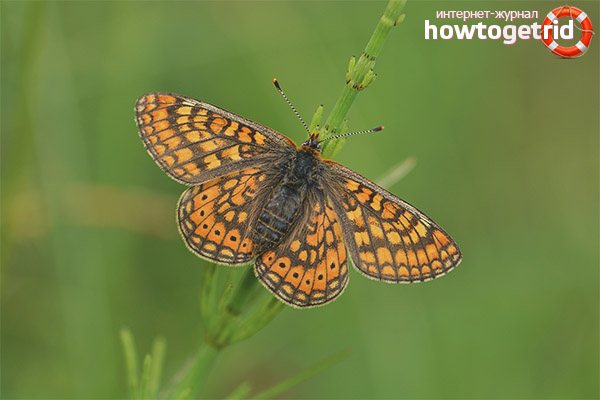
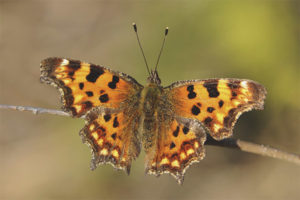




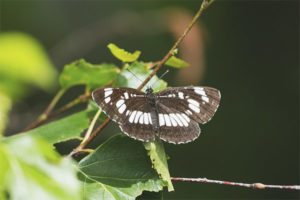
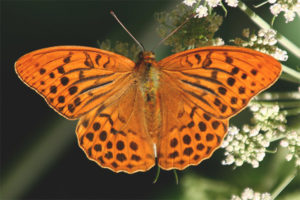
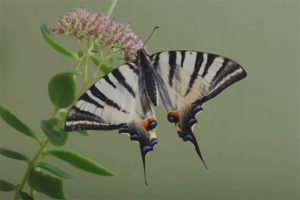
Submit